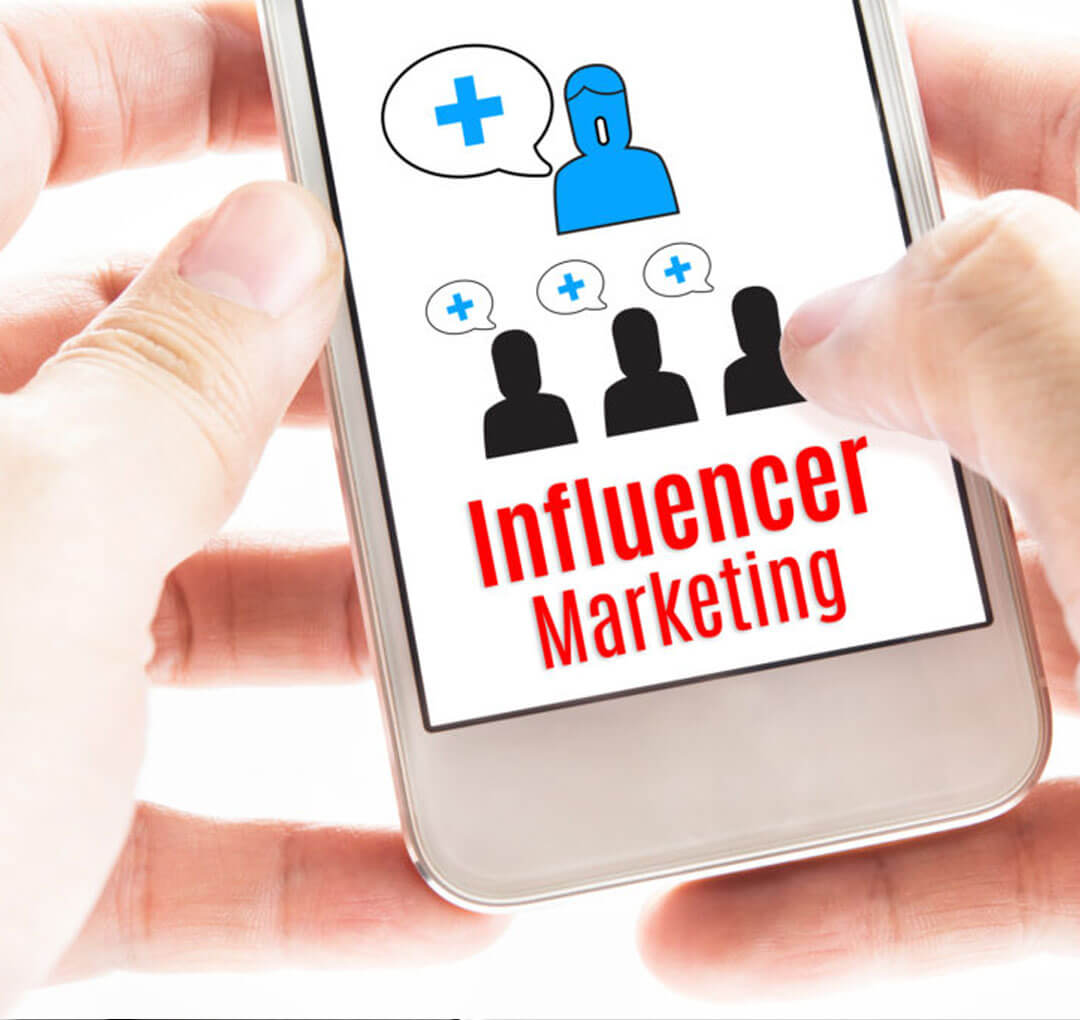Influencer marketing is becoming an increasingly popular tool by marketers in 2018. It involves reaching out to individuals who are very well connected to your target audience and having them promote your product and brand for you.
Unfortunately, this marketing tool isn’t as easily sourced as you may initially think, and results can be varied and difficult to trace. It’s a marketing strategy that does have the capability of producing enormous results, however it also come with substantial expensive demands. Money, time, personal efforts and executive participation are all required when utilising this marketing tool.
Undecided if influencer marketing is the right tool for your brand?
Good news! We have put together a list of pros and cons, so that you can carefully consider whether this tool is viable for your brand.
Pros of Influencer Marketing
Numbers Don’t Lie
Influencer marketing can create twice as many sales as paid advertising and the retention rate of those customers are 37% higher.
Access To Thousands Instantly
Forget trying to market to thousands of individuals, influencer marketing allows you to reach one influencer. In return, you now have access to thousands of people instantly.
Increase In Brand Awareness
Now that you have instant access to thousands of people from one source, brands new to the market may see a rapid incline in their brand awareness. This is usually results in good reviews, more social following and even a hike in sales.
Reduced Sale Cycle Time
Audiences that are engaged with the influencer have typically built trust over time. This means that when the influencer promotes your product, the end customer is more likely to purchase it quicker than a typical customer.
More Audience Reach
It is likely that your influencer holds high authority on platforms such as YouTube and Instagram. Your influencer can disperse your brands message via these channels, meaning that you may reach more than just your target audience.
Cons of Influencer Marketing
Research, Research, Research
Getting started with influencer marketing requires extensive research before even starting.
At the very least you will be required to action the following steps:
- Identify your influencer.
- Create a database containing all relevant information relating to the influencer.
- Generate a marketing plan detailing how your products and the influencer will work to promote your brand.
- Using the database of information to create a persona to help guide your marketing campaign.
- Now that you have identified the persona, you will now be required to create unique content for the influencer. Remember that each influencer will need unique content for their social stream.
- Reach out to all influencers in the most appropriate way. This may be via their social channels, email or telephone. You will then need to wait for them to respond.
- Assemble a team and prepare them to measure any results.
- Negotiate the nature of your relationship with your influencers.
- Communication Demands
Communication Demands
Influencer marketing requires a high level of regular communication from at least one full-time employee and one manager or executive. This requires a member of your team being an influencer relations specialist in addition to their regular job role.
No Guarantees
High risk is involved when it comes to influencer marketing as there is no way of guaranteeing amazing results. An influencer may adhere to their agreed contract, but lack enthusiasm. This could result in your product not generating the ‘buzz’ you initially anticipated.
Tracking Difficulty
One of the main issues for marketers is the lack of campaign trackability. Unlike typical content or social media marketing, influencer marketing doesn’t allow you to track data directly.
Slow Results
When you take into consideration the weeks, if not months of planning to get the campaign started, combined with developing a relationship and the possibility of months without measurable results. It may result in your competitor outpacing you within the market.

